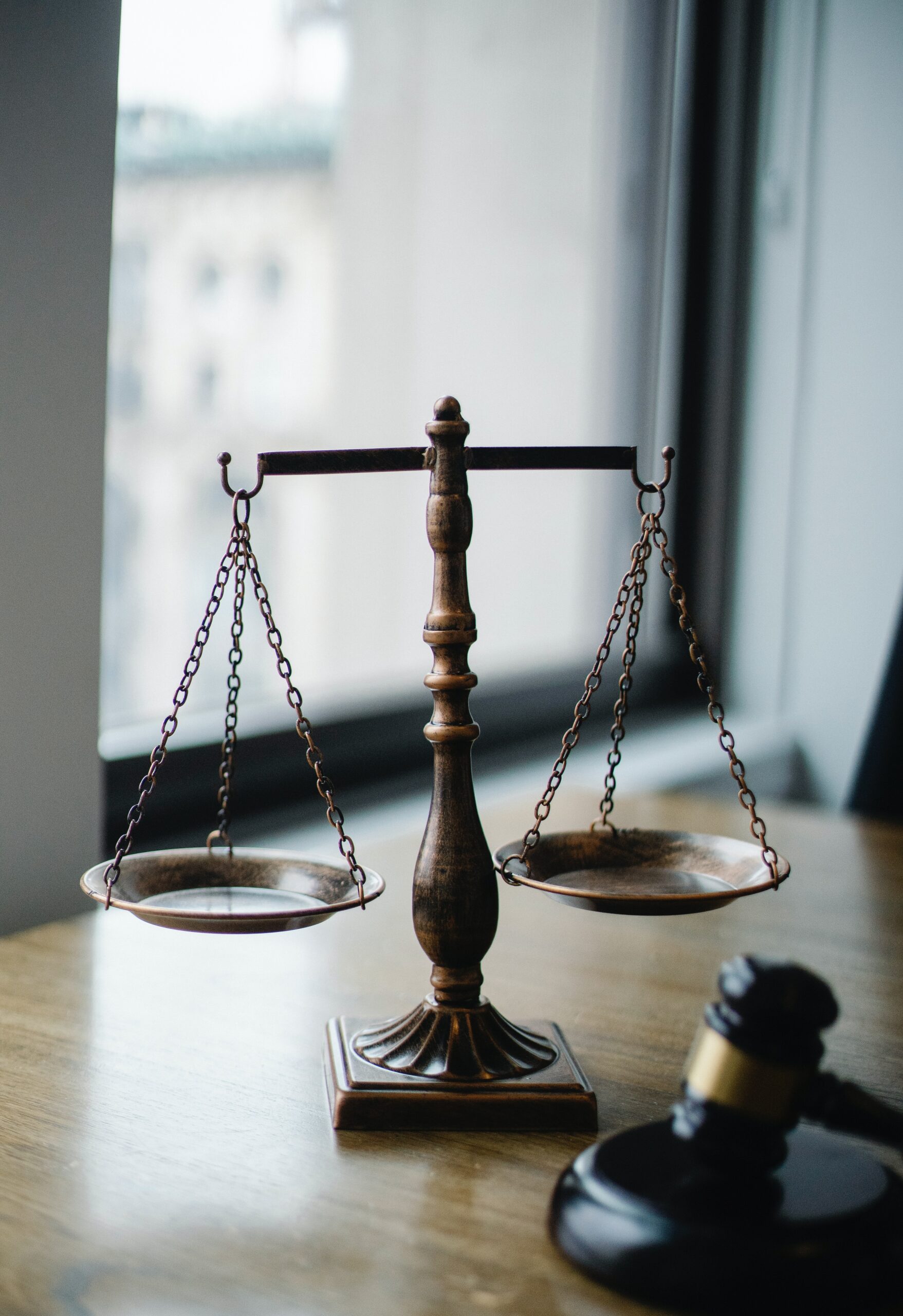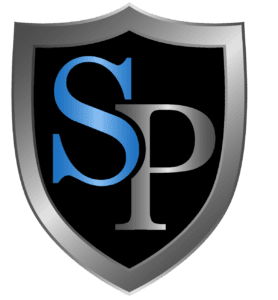A Guide to Different Types of Trademarks 2024
Businesses across all industries protect their intellectual property with trademark registration. There are many different types of trademarks! You may be familiar with the ™ and ® symbols, but knowing what’s behind these symbols is key. The various trademark types apply to products and non-products (services) and come with particular degrees of protection. There are also prohibited marks that you should be aware of.
The specific trademark types are as follows:
- Trade Name
- Trade Dress
- Certification Mark
- Service Mark
- House Mark
- Collective Mark
- Pattern Mark
- Motion Mark
- Hologram Mark
- Sound Mark
- Multimedia Mark
- Position Mark
- Logotype
- Family of Marks
What are the general trademark types?
- Descriptive Mark
- Fanciful Mark
- Suggestive Mark
- Arbitrary Mark
- Generic Mark
Choosing the Right Protection for Your Intellectual Property
The reason why it’s so vital you distinguish the various types of trademarks is so that you choose the right protection for your intellectual property. When registering your trademark, the idea is to avoid having your application dismissed! You will also likely want to avoid lawsuits, which you may get caught up in if you have the incorrect type of trademark. Investing in due diligence and/or legal counsel up front usually pays off!
Most people have the insight to notice the ™ and ® symbols on products made or services offered by popular brands. At the same time, only a select number of folks truly understand the purpose of a trademark. With each year, trademark registration applications increase. Likewise, the specificity of intellectual property protection increases. When seeking to protect your own products or services, you’ll want to know just how specific you should be for your purposes!
Specific Trademark Types
Trade Name
A trade name identifies a company on the whole, rather than product or service. Many multinational companies have several brands that fall under one trade name. An example would be Church & Dwight, Inc., a household product manufacturer, who owns the Arm & Hammer brand.
Trade Dress
Trade dress pertains to the aesthetic components of a product’s packaging or design. This type of protection is applied to the way the product looks, not its function.
Certification Mark
The certification mark is registered so that an authorized user, rather than the owner, can adhere to local regulations.
Service Mark
Service marks protect non-products, known as services. This gives businesses the ability to differentiate their class of services from competitors.
House Mark
With a house mark, you can identify the company or corporation that manufactures a given product. They are typically situated next to the product name to ensure the consumer makes this identification. Consider examples like Honda Accord or Jeep Cherokee – the model is identified with the manufacturer.
Collective Mark
The collective mark is used to identify the origin of the organization or association that owns the trademark. An organization like the Mayo Clinic uses collective marks to distinguish its unique services and/or members from competitors.
Pattern Mark
A pattern mark offers protection of the design that is worked into a textile and which is synonymous with a brand. This is most often used in the fashion industry.
Motion Mark
This mark is relevant for any intellectual property that is visual and animated, such as a logo used in a digital advertisement.
More Specific Trademark Types
Hologram Mark
These marks are used to protect any unique three-dimensional visual asset displayed on a device that supports holograms.
Sound Mark
Basically, for jingles! Any melody or sound that is tied with brand recognition can be protected with a sound mark.
Multimedia Mark
In film production and television, multimedia marks protect visual sequences that have elements of sound. For example, the HBO logo and the static-like sound that plays before their programs.
Position Mark
These marks refer to the precise position of a mark, such as a logo, in connection to the elements that surround it. In order to succeed in getting a position mark, the position has to be unique enough that consumers associate it with a brand. Consider an example like a logo on a line of hats applied in the same proportion across all the products.
Logotype
This protection is applicable to the font and its exact specifications within the context of a company’s visual representation.
Family of Marks
Similar to house marks, the family of marks protects initials or abbreviations used to identify the company that makes a product.
Generic Trademark Types
Descriptive Mark
These marks pertain to the merchandise that a company offers and are not able to be registered. If a signifier is inserted that describes a unique quality of the product, that may make it eligible for protection.
Fanciful Mark
Fanciful marks are perhaps the easiest to register. If you have a word that doesn’t exist or have any prior meaning to the public at large, you can register it. With fanciful marks, businesses ought to consider how the name will be received. Also, because it’s a new word, you may want to ask yourself if consumers will be able to pronounce, spell, or remember it.
Suggestive Mark
These marks allow businesses to register words that indicate the quality of a product, but which don’t literally relate to it. The way a consumer’s imagination works when interpreting the mark classifies it as suggestive or not. The words can’t explicitly say what the product is, but can allude to it.
Arbitrary Mark
Any words or phrases that are part of the vernacular, but which are not related to the product are considered arbitrary. Essentially, you can use a word or phrase that people know or associate with something in everyday life, and then via marketing, get consumers to associate it with your brand. Apple is probably the most famous example.
Generic Mark
Generic marks refer to the common words used to describe a product or the company that sells it. How do you register a generic mark? Add a modifier of some kind to the words that speaks to the exclusivity of the company’s products.
What Are Some Prohibited Marks?
The United States Patent and Trademark Office (USPTO) has a ban on select terms and words when it comes to trademark registration. The USPTO does this so as to avoid confusion or misinformation. Things that may lead to an application getting disqualified include:
- Deceptive or misleading phrases or words
- Offensive terms
- Generic names
- Surnames (legal last names)
- Geographically descriptive terms
Do you want to achieve the highest level of protection for your intellectual property? Whether your business is just starting out or well-established, our team can help! Contact us today for a free consultation.
Up next we will be discussing the Spectrum of Distinctiveness.


